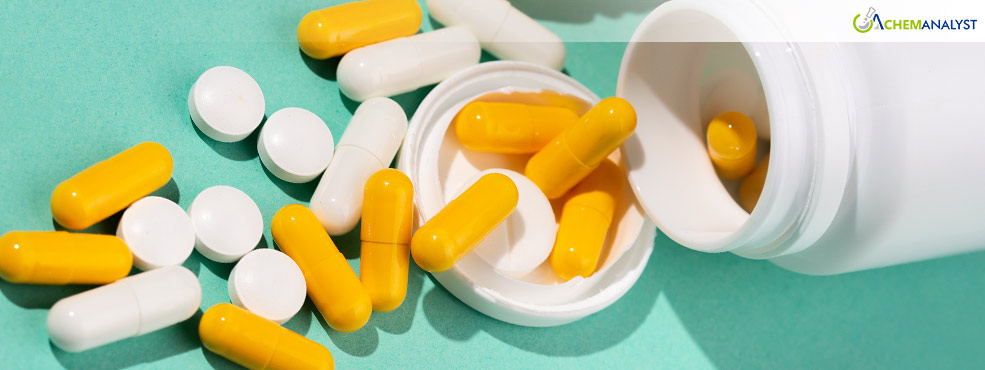Aspirin Prices Tumble in North America; Know Here Why
- 07-Nov-2024 11:00 PM
- Journalist: Patricia Jose Perez
In October, Aspirin prices in the U.S. saw a noticeable decline, reversing the previous month’s trend. This decrease was driven by several key factors, including a drop in demand from end-users and ongoing geopolitical uncertainties, which added caution to market activity. Additionally, sufficient inventory levels allowed suppliers to avoid raising prices to meet immediate demand, while a reduction in the price of salicylic acid, a crucial raw material for Aspirin, further eased production costs. In response to these conditions, suppliers and traders adjusted their prices downward to remain competitive and align with market expectations, reinforcing the downward trajectory in Aspirin prices.
The decline in Aspirin prices in the USA is largely attributed to a combination of factors stemming from China’s role as a major exporter of active pharmaceutical ingredients (APIs) like Aspirin. China's manufacturing Purchasing Managers' Index (PMI) showed a rebound to 50.1 in October, signaling potential recovery in manufacturing activity. However, this was tempered by weak domestic demand during the "Golden Week" holiday, a period traditionally marked by lower industrial activity and reduced consumer spending. This slowdown in domestic consumption exerted downward pressure on Aspirin prices, as suppliers in China saw fewer orders. Additionally, international demand for Chinese exports, including Aspirin, also softened, evidenced by a decrease in the new export orders index to 47.3. This global demand weakness further contributed to the downward pricing trend in the Aspirin market, as reduced export activity left suppliers with excess stock, prompting price adjustments in both the Chinese and U.S. markets.
The recent economic data, which highlights the resilience of the US economy and the potential for a soft landing, provides a generally positive outlook. However, the uncertainty surrounding the presidential election, inflation, and the future direction of interest rates has prompted businesses to adopt a cautious approach. This hesitation, along with weaker consumer sentiment and slower corporate investment, has led to a demand slowdown in various sectors. As inflation expectations ease, businesses remain wary of committing to significant price increases. In response, pharmaceutical companies have been forced to lower prices to maintain sales and remain competitive in a market characterized by reduced consumer demand. Additionally, external factors such as hurricanes and strikes are anticipated to introduce further volatility into economic data, further discouraging any sharp price hikes. This combination of factors has played a role in the decline in Aspirin prices in the US.
According to ChemAnalyst's analysis, Aspirin prices are expected to continue their downward trend, driven by sustained declines in demand from the healthcare and pharmaceutical sectors. Additionally, the potential threat of former President Donald Trump, now re-elected, imposing a 60% tariff on U.S. imports from China adds a significant challenge to market growth. This tariff rate is considerably higher than the previous range of 7.5%-25% imposed during his first term, which could further pressure the downward trajectory of Aspirin prices.



